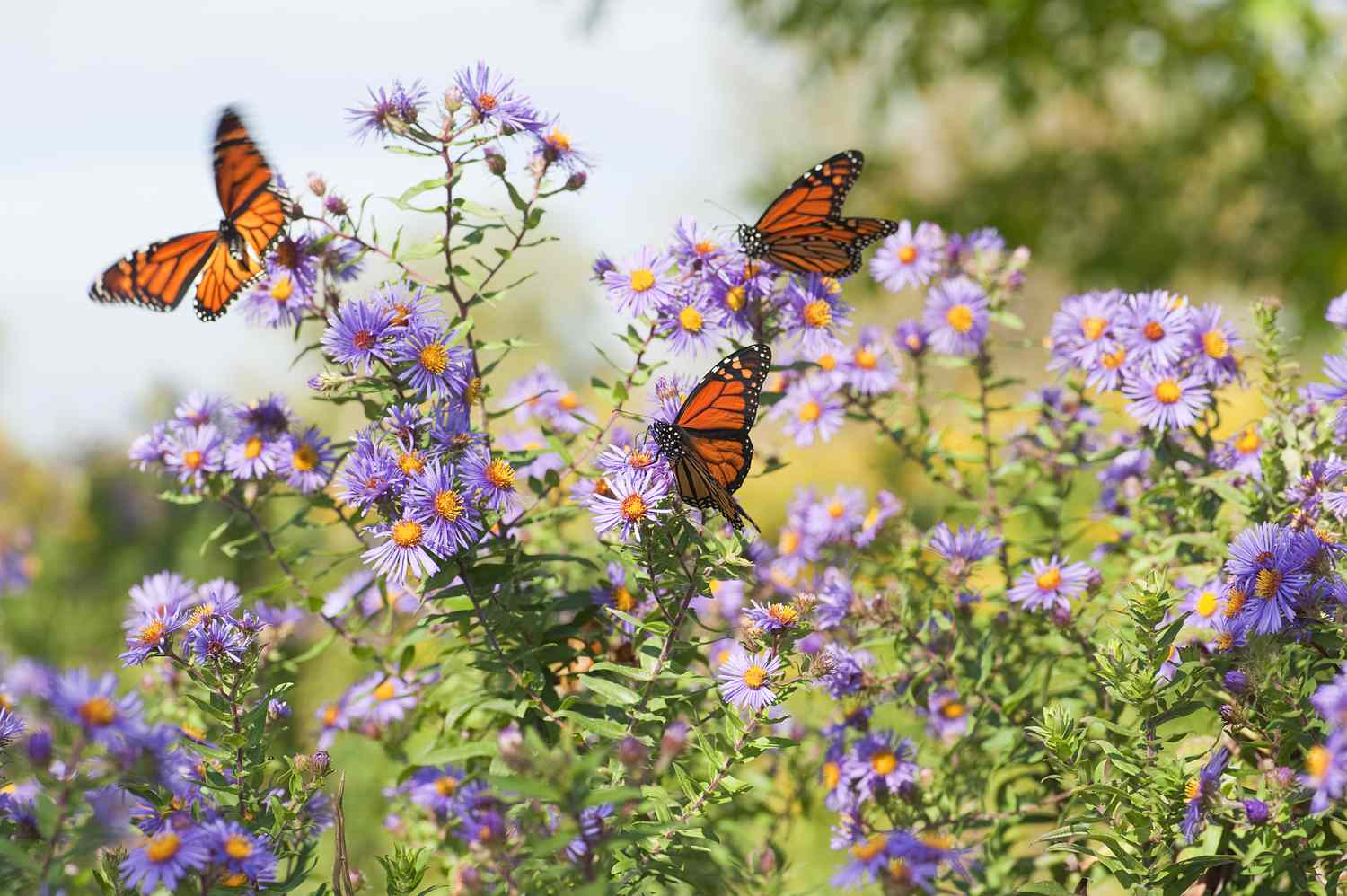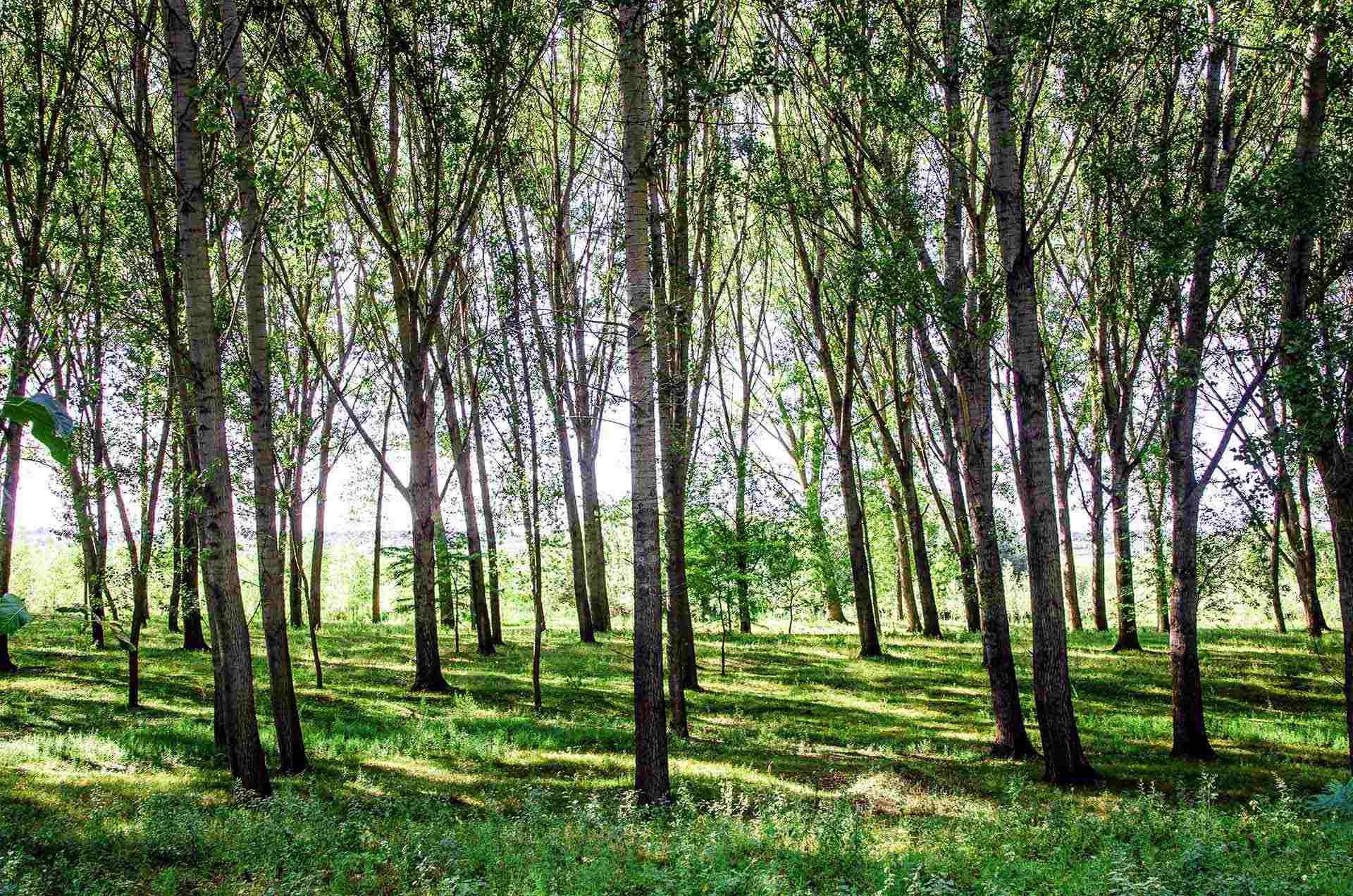
Butterfly gardening is a captivating and rewarding hobby that allows nature enthusiasts to create a thriving habitat for these delicate and enchanting creatures. By carefully selecting specific plants, flowers, and shrubs, individuals can attract a variety of butterfly species to their gardens and witness the beauty of their colorful wings and graceful flight. However, there is more to butterfly gardening than meets the eye. In this article, we will explore 13 enigmatic facts about butterfly gardening that will surprise and inspire you to embark on this magical journey of creating a haven for butterflies. From the incredible life cycle of butterflies to the importance of native plants, and the role of butterfly gardening in conservation efforts, these facts will deepen your understanding and appreciation for these mesmerizing creatures. So, gear up and get ready to delve into the fascinating world of butterfly gardening!
Key Takeaways:
- Butterfly gardening promotes biodiversity and sustainability by attracting important pollinators and providing specific plants for caterpillars, creating a magical and educational experience for gardeners of all ages.
- Creating a butterfly garden requires careful plant selection, water sources, and avoiding pesticides, while offering a colorful and varied habitat to attract diverse butterfly species.
Butterflies are important pollinators.
Butterflies play a vital role in pollinating plants, ensuring the reproduction of various flowering species.
Butterfly gardening is a sustainable practice.
Creating a butterfly garden promotes biodiversity and supports the ecological balance of the surrounding environment.
Different butterfly species have specific host plants.
Each butterfly species has unique preferences for nectar plants where they feed and host plants where they lay their eggs.
Butterfly gardening requires specific plant selection.
Choosing native plants that attract butterflies is crucial for the success of a butterfly garden.
Caterpillar plants are essential for butterfly reproduction.
Providing appropriate host plants ensures the survival and growth of caterpillars, enabling them to transform into butterflies.
Water sources are crucial for butterflies.
Butterflies need shallow water sources, such as puddles or birdbaths, for drinking and puddling behavior.
Butterflies require sun for optimal activity.
Sunny areas in the garden provide warmth for butterflies, increasing their energy levels and activity.
Avoid pesticide use in butterfly gardens.
Pesticides can harm caterpillars and butterflies, so it’s important to use organic and natural pest control methods.
Creating different garden heights attracts diverse butterfly species.
Planting both tall and short flowers and shrubs creates a varied habitat that appeals to a wider range of butterfly species.
Butterflies are attracted to bright colors.
Flowers with vibrant colors, especially red, orange, and purple, are more likely to attract butterflies.
Butterflies have a sense of smell.
Butterflies can detect scents from long distances, helping them locate nectar sources.
Butterflies have a short lifespan.
The average lifespan of a butterfly ranges from a few days to a few weeks, varying by species.
Butterfly gardening is a rewarding and educational experience.
Observing the magical transformation from caterpillar to butterfly and welcoming new visitors to your garden is a fascinating journey.
Conclusion
Butterfly gardening is not only a beautiful and captivating hobby, but it also serves as an important way to contribute to the conservation of these enchanting creatures. By creating a garden specifically designed to attract butterflies, you can provide them with a safe habitat to thrive and reproduce.
From choosing the right plants and flowers to understanding the life cycle of butterflies, there is so much to learn and explore in the world of butterfly gardening. By implementing the tips and techniques mentioned in this article, you can create a magical space that not only benefits butterflies but also brings you joy and tranquility.
So, get ready to embark on a journey of discovery and wonder as you delve into the fascinating world of butterfly gardening, where beauty and nature intertwine in the most enchanting way.
FAQs
1. What is butterfly gardening?
Butterfly gardening involves creating a garden specifically designed to attract and support butterflies. It involves choosing the right plants, providing food sources and shelter, and creating a suitable environment for their life cycle.
2. Why is butterfly gardening important?
Butterfly gardening is important because it helps in the conservation of these delicate creatures. Many butterfly species are facing threats due to habitat loss and environmental changes. By creating butterfly-friendly gardens, we can provide them with a safe habitat to feed, reproduce, and thrive.
3. What plants should I include in my butterfly garden?
Include a variety of nectar-rich flowers such as milkweed, coneflower, black-eyed Susan, and lavender. These plants attract butterflies with their vibrant colors and sweet nectar.
4. How do I create a suitable environment for butterflies?
Create a sunny area with sheltered spots and windbreaks. Provide water sources like shallow dishes with pebbles for butterflies to sip from. Avoid using pesticides as they can harm butterflies.
5. How can I attract butterflies to my garden?
Plant flowers in groupings and use a mix of colors to attract butterflies. Provide host plants for caterpillars to eat, and include flat rocks or logs for sunning and basking spots.
6. Can I have a butterfly garden in a small space?
Yes, you can create a butterfly garden in a small space like a patio or balcony. Use containers and hanging baskets to grow suitable plants and provide food and shelter for butterflies.
7. How do I identify butterfly species visiting my garden?
Observe the color patterns, wing shape, and size to identify butterfly species. Keep a field guide or use online resources to help with identification.
8. When is the best time to start a butterfly garden?
The best time to start a butterfly garden is in the spring or early summer when butterflies are most active. However, you can create a garden at any time of the year for butterflies to visit and lay eggs.
9. How do I protect my butterfly garden from pests?
Avoid using pesticides that can harm butterflies. Instead, encourage natural predators like ladybugs and lacewings to control pests. Regularly inspect plants for signs of disease or infestation and take appropriate action.
10. Can I attract butterflies to a garden in a city or urban area?
Yes, even in urban areas, you can attract butterflies by creating small pockets of green spaces with suitable plants. Choose native plants that are adapted to the local conditions.
Butterfly gardening is a captivating hobby that not only beautifies your outdoor space but also supports the ecosystem. If you're inspired to create your own butterfly haven, consider incorporating native plants, which are well-adapted to your local environment and provide essential resources for butterflies and other wildlife. For more inspiration, explore the enchanting world of garden design at events like the Chelsea Flower Show, where you can discover innovative ideas and trends to elevate your butterfly garden to new heights.
Was this page helpful?
Our commitment to delivering trustworthy and engaging content is at the heart of what we do. Each fact on our site is contributed by real users like you, bringing a wealth of diverse insights and information. To ensure the highest standards of accuracy and reliability, our dedicated editors meticulously review each submission. This process guarantees that the facts we share are not only fascinating but also credible. Trust in our commitment to quality and authenticity as you explore and learn with us.


